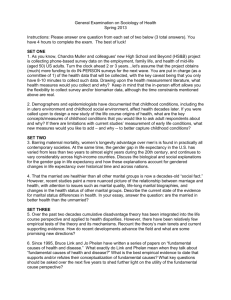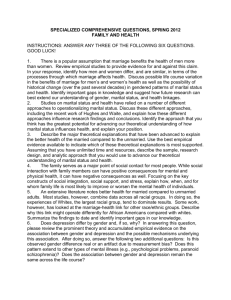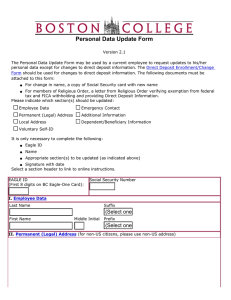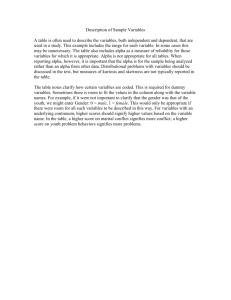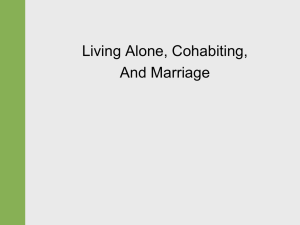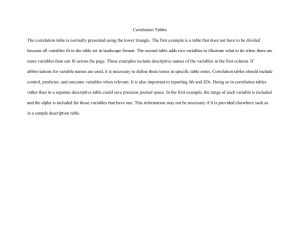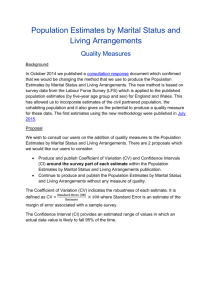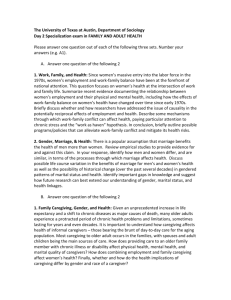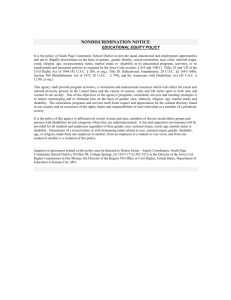Health and the Lifecourse Day-2 Comps, October 2012 Instructions
advertisement
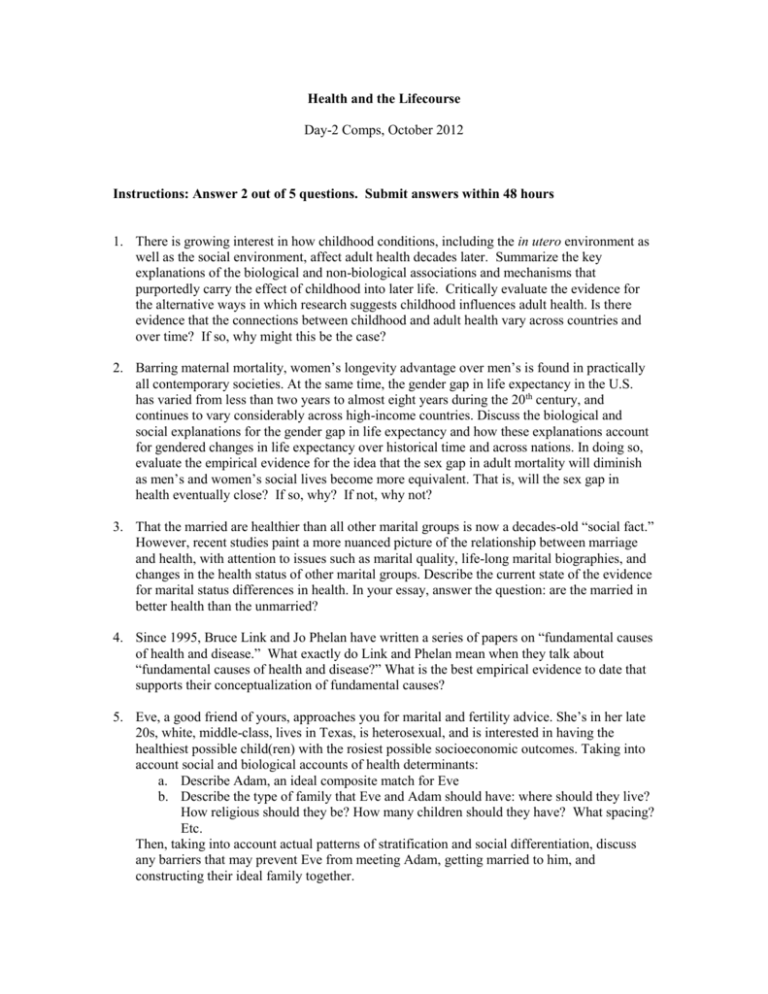
Health and the Lifecourse Day-2 Comps, October 2012 Instructions: Answer 2 out of 5 questions. Submit answers within 48 hours 1. There is growing interest in how childhood conditions, including the in utero environment as well as the social environment, affect adult health decades later. Summarize the key explanations of the biological and non-biological associations and mechanisms that purportedly carry the effect of childhood into later life. Critically evaluate the evidence for the alternative ways in which research suggests childhood influences adult health. Is there evidence that the connections between childhood and adult health vary across countries and over time? If so, why might this be the case? 2. Barring maternal mortality, women’s longevity advantage over men’s is found in practically all contemporary societies. At the same time, the gender gap in life expectancy in the U.S. has varied from less than two years to almost eight years during the 20th century, and continues to vary considerably across high-income countries. Discuss the biological and social explanations for the gender gap in life expectancy and how these explanations account for gendered changes in life expectancy over historical time and across nations. In doing so, evaluate the empirical evidence for the idea that the sex gap in adult mortality will diminish as men’s and women’s social lives become more equivalent. That is, will the sex gap in health eventually close? If so, why? If not, why not? 3. That the married are healthier than all other marital groups is now a decades-old “social fact.” However, recent studies paint a more nuanced picture of the relationship between marriage and health, with attention to issues such as marital quality, life-long marital biographies, and changes in the health status of other marital groups. Describe the current state of the evidence for marital status differences in health. In your essay, answer the question: are the married in better health than the unmarried? 4. Since 1995, Bruce Link and Jo Phelan have written a series of papers on “fundamental causes of health and disease.” What exactly do Link and Phelan mean when they talk about “fundamental causes of health and disease?” What is the best empirical evidence to date that supports their conceptualization of fundamental causes? 5. Eve, a good friend of yours, approaches you for marital and fertility advice. She’s in her late 20s, white, middle-class, lives in Texas, is heterosexual, and is interested in having the healthiest possible child(ren) with the rosiest possible socioeconomic outcomes. Taking into account social and biological accounts of health determinants: a. Describe Adam, an ideal composite match for Eve b. Describe the type of family that Eve and Adam should have: where should they live? How religious should they be? How many children should they have? What spacing? Etc. Then, taking into account actual patterns of stratification and social differentiation, discuss any barriers that may prevent Eve from meeting Adam, getting married to him, and constructing their ideal family together.
